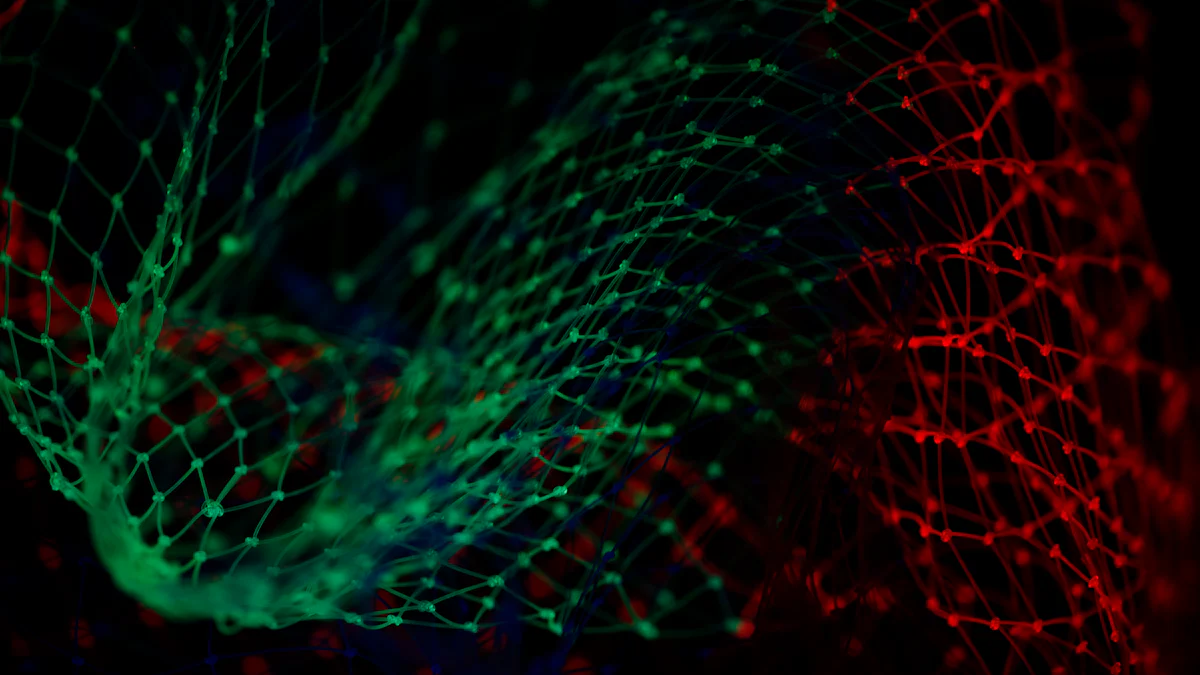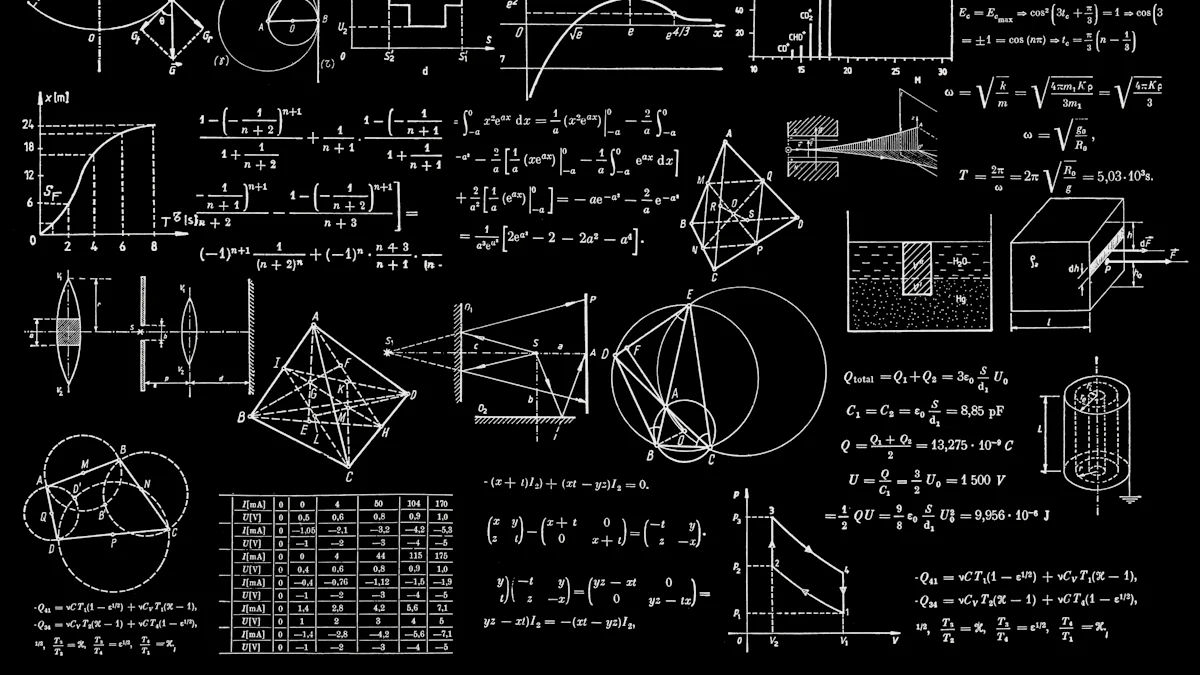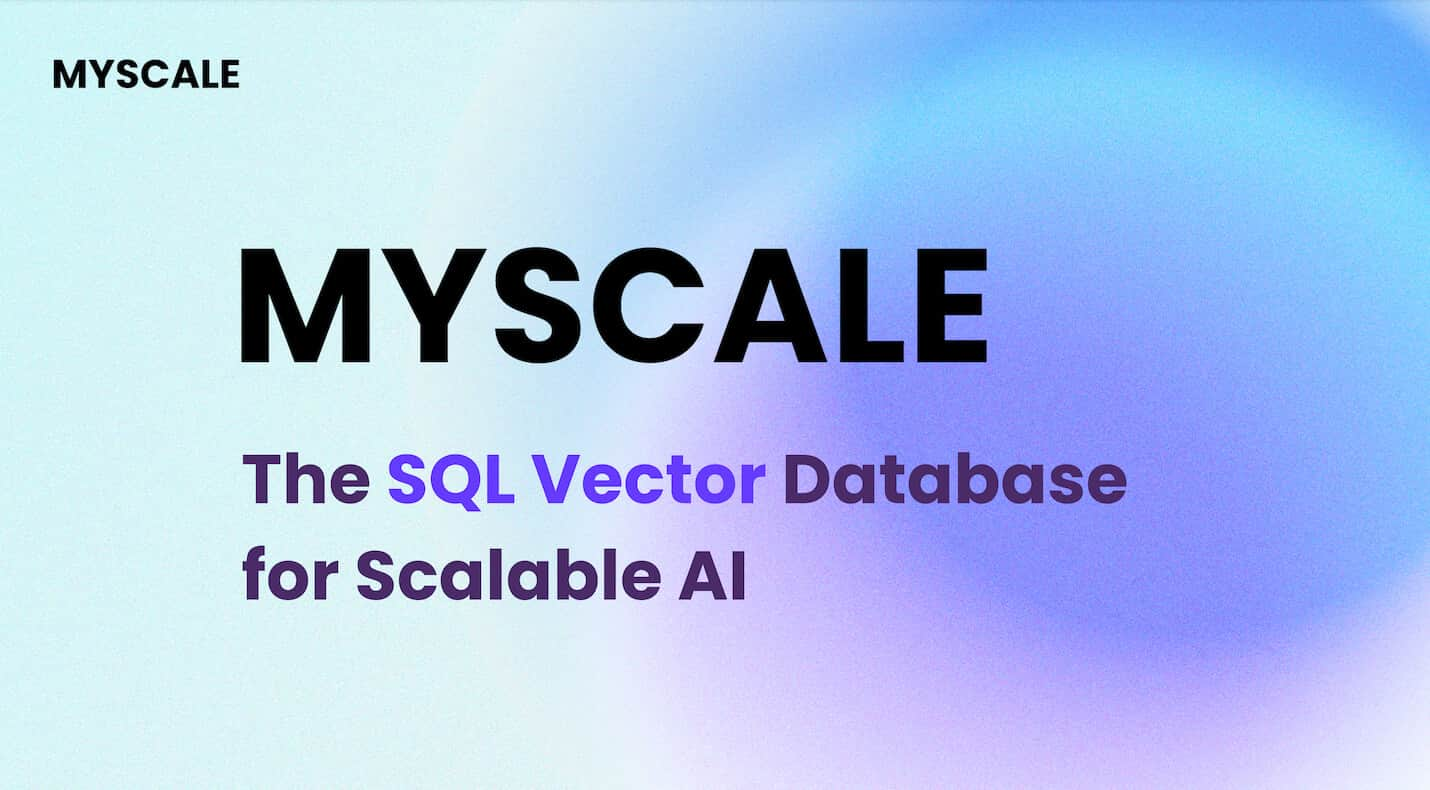
Diffusion models have been found to outperform Generative Adversarial Networks (GANs) (opens new window) in image synthesis tasks. The recent advancements in diffusion models have sparked significant interest in the field, showcasing their potential to revolutionize image synthesis. Throughout this blog, we will delve into the intricacies of these models, exploring their capabilities and applications (opens new window) across various domains. From improved algorithms (opens new window) to real-world applications, we will uncover the profound impact of diffusion models comparison on the future of image generation.
# Advancements in Diffusion Models
Improved Image Generation
Enhanced Algorithms:
- Diffusion models offer a unique approach to image generation, showcasing enhanced algorithms that prioritize stability and quality. These algorithms ensure a robust training process, leading to superior results in image generation tasks.
Diffusion Vision Transformers (DiffiT) (opens new window):
- Diffusion Vision Transformers (DiffiT) represent a cutting-edge advancement in the realm of generative learning. By combining the power of Vision Transformers with diffusion models, DiffiT pushes the boundaries of image generation, opening new avenues for creativity and innovation.
diffusion models comparison
Diffusion Models vs. GANs:
- When comparing diffusion models to GANs, it becomes evident that diffusion models excel in stability and diversity (opens new window). Unlike GANs, diffusion models maintain a more consistent training process and exhibit greater generalization capabilities.
Adaptability to Different Datasets:
- One of the key strengths of diffusion models lies in their adaptability to various datasets without the need for extensive fine-tuning. This adaptability enhances the model's versatility and effectiveness across different image generation tasks.
Statistics and Performance
Benchmark Results:
- Recent benchmark results have highlighted the exceptional performance of diffusion models in generating high-quality images. These results underscore the significant impact that diffusion models have had on advancing the field of AI-driven image synthesis.
Real-world Applications:
- The real-world applications of diffusion models span across diverse domains, from art and design to medical imaging. Their ability to generate realistic imagery with precision has positioned them as valuable tools in industries requiring sophisticated image generation solutions.
# Applications of Diffusion Models
# Diffusion Models for Image Translation
Semantic Face Image Generation
Diffusion models have been instrumental in image translation, particularly in the realm of semantic face image generation. By leveraging the power of diffusion algorithms, these models can accurately synthesize facial features with remarkable precision. The process involves iteratively transforming noise samples into coherent facial images, capturing intricate details such as expressions and contours.
Conditioning with Attributes
Incorporating attributes into diffusion models enhances their capacity for image synthesis. By conditioning the model with specific attributes, such as age or gender, diffusion models can generate customized images tailored to desired characteristics. This approach allows for targeted image generation, enabling users to dictate the visual aspects of the output.
# Models for Image Segmentation (opens new window)
Medical Imaging
Within the domain of image segmentation, diffusion models play a crucial role in advancing medical imaging technologies. These models excel in segmenting complex medical images, facilitating accurate diagnosis and treatment planning. By partitioning images into meaningful regions, diffusion models contribute to enhancing medical professionals' understanding of intricate anatomical structures.
Autonomous Vehicles
The application of diffusion models extends to autonomous vehicles, where image segmentation is vital for real-time decision-making processes. By segmenting road scenes and identifying objects of interest, these models enhance the perception capabilities of autonomous systems. This segmentation enables vehicles to navigate complex environments safely and efficiently.
# Generative Models in Content Creation
Art and Design
In the realm of content creation, diffusion models serve as powerful tools for fostering creativity in art and design. Artists and designers leverage these models to generate visually stunning graphics and illustrations, pushing the boundaries of traditional artistic expression. The versatility of diffusion algorithms allows creators to explore new artistic styles and concepts seamlessly.
Automated Task Augmentation
Moreover, diffusion models streamline content creation workflows by offering automated task augmentation capabilities. These models can assist creators in generating diverse visual assets rapidly, optimizing productivity and creativity simultaneously. By automating repetitive tasks like image editing or enhancement, diffusion models empower content creators to focus on ideation and innovation.
# Future Directions
# Potential Developments
Integration with Other Technologies
- Diffusion models are poised to integrate seamlessly with cutting-edge technologies, propelling the field of image generation into new realms of innovation. By merging the capabilities of diffusion algorithms with emerging tech solutions, such as blockchain or edge computing, novel opportunities for enhancing image synthesis arise. This integration holds the promise of streamlining image generation processes and optimizing resource utilization, ultimately leading to more efficient and sustainable practices.
Ethical Considerations (opens new window)
- Embracing ethical considerations is paramount in the continued evolution of diffusion models for AI-driven image generation. As these models become increasingly sophisticated, it is crucial to recognize the challenges and responsibilities associated with their deployment. Ensuring transparency in data usage, addressing biases in training datasets, and safeguarding user privacy are essential ethical considerations that must be prioritized. Upholding ethical standards will not only foster trust in diffusion models but also pave the way for responsible and impactful advancements in the field.
# Industry Impact
Long-term Trends
- The long-term trajectory of diffusion models points towards a paradigm shift in how image generation is approached across industries. As these models continue to evolve and mature, they are expected to redefine creative processes and revolutionize visual content creation. From personalized marketing campaigns to immersive virtual experiences, the influence of diffusion-based generative learning is set to permeate diverse sectors, shaping the future landscape of digital innovation.
Research Opportunities
- The advancement of diffusion models presents a wealth of research opportunities that hold immense potential for furthering our understanding of AI-driven image synthesis. Exploring novel architectures, refining training methodologies, and investigating interdisciplinary applications are key areas ripe for exploration. By delving into these research avenues, scholars and practitioners can unlock new insights into the capabilities and limitations of diffusion-based generative learning, driving forward the frontiers of AI innovation.
Diffusion models showcase unparalleled capabilities in image generation, producing lifelike and intricate images. These models offer precise control over the creative process (opens new window), ensuring high-fidelity outputs free of distortions. Awarded for their artistic contributions (opens new window), diffusion models excel in generating diverse and visually appealing images. The stability of Diffusion Generative AI (opens new window) results in impressive high-resolution visuals with realistic details (opens new window), setting a new standard for generative image synthesis.



